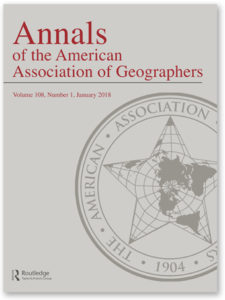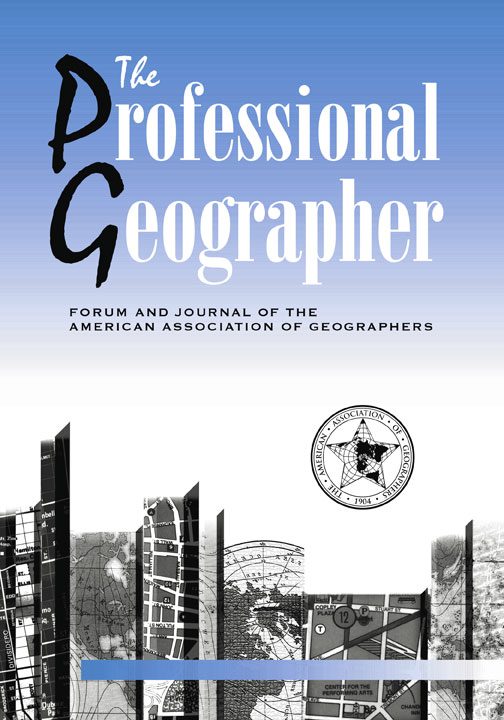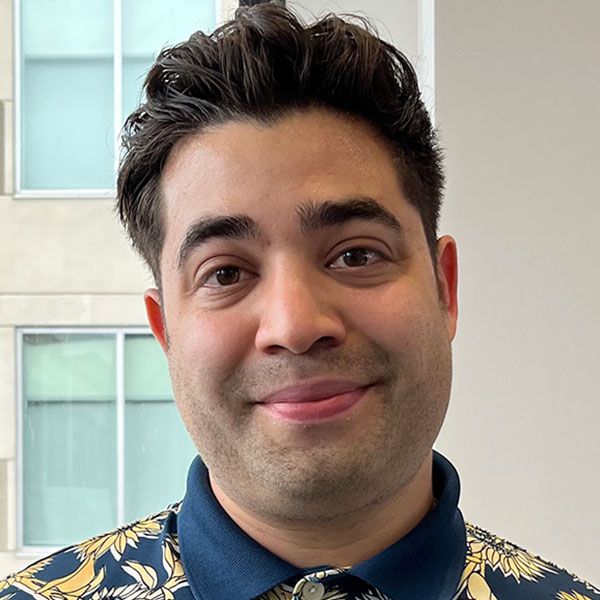An Interview with AAG Executive Director Gary Langham (Part 2)
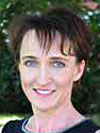 Last month I shared Part 1 of an interview I conducted with AAG’s Executive Director Gary Langham to help the membership learn a bit about his perspectives, goals, and personal history that led him to AAG.
Last month I shared Part 1 of an interview I conducted with AAG’s Executive Director Gary Langham to help the membership learn a bit about his perspectives, goals, and personal history that led him to AAG.
We met on August 19, close to the one-year anniversary of his first week in this role—half of which has been during the coronavirus pandemic. The interview lasted for over an hour, generating far too much to publish as a single column. This is the second part, which has been edited for content and clarity.
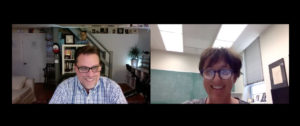
AMY: What drew you to AAG?
GARY: For the last nine years, I had worked for an environmental and conservation non-profit, the National Audubon Society, where I was Vice President and Chief Scientist. I managed a similar-sized budget and almost twice as many staff. Staff was spread all over the country and worked in different research programs, ranging from marine conservation to climate change research. Many people like birds, but they’re also great for setting conservation priorities and monitoring environmental health. You can use science to show policymakers the connection between bird populations and protected areas, like marine reserves. If the fish-eating birds like puffins aren’t doing well, then the fish stocks aren’t either.
It was a great job with great staff, so the truth is I wasn’t looking for a new position. The AAG’s headhunters called, and they asked me who I thought would be right for the job. So, I gave them some recommendations, and then they said, how come you’re not applying for the job? And I said, what? I’m not a geographer. And they said, no, you should look at the job description again because of your experience—with management, media, fundraising, policy, and non-profits—is what they’re looking for. And I realized that as a trained ecologist, I really am a physical geographer of sorts—I should have been going to the Annual Meeting all along!
AMY: So we had some good headhunters. Excellent! Let’s just stay within the vein of AAG. This is a question that I never really thought about until I took on my current role. AAG just sort of seemed opaque to me until I stepped in as vice president. So what does the AAG Executive Director actually do?
GARY: That’s a great question. My job is to lead our fantastic staff: to help them succeed if they need it and stay out of their way when they don’t. I also oversee our budget and enter into contracts. Council approves the annual budget. It’s my job to keep revenues and expenses in line, develop and maintain partnerships, and ensure that staff is enacting the strategic plan and the long-term vision set by Council.
Those are the nuts and bolts of the job, but I also think about the value proposition for members. How can AAG be the best organization possible for all geographers? For 100 years, it was enough to hold the Annual Meeting and deliver the journals in the mail every month. AAG is at its best when it connects members to each other and to the rest of the world—public, professional, and government. We can help them make connections at any stage of their careers and provide professional services. Our members’ research and ideas are essential to shaping a just and diverse world. AAG must ensure that geographers’ interests are represented in conversations about ethics, policy debates, public perception, and higher education. Geographers are influencers. And, we need to expand our membership base.
AMY: Well, a new model, depending on how it’s structured, would do exactly that: expand and broaden the membership base. As an aside, I have to admit one of the things that I used to love so much about my AAG membership was exactly what you mentioned—getting the journal in the mail. I loved that. But, then that journal just turned into a stack of guilt because I would get them in the mail, and I‘d say, “I’m reading this cover to cover today.” But, eventually, I would put it on top of the previous one, and they all just became this stack of guilt. I still always loved getting it in the mail.
I don’t want to put words into your mouth, so correct me if I’m wrong. But, it sounds like over the past year, you have been thinking that there need to be new models, new approaches to modernize the AAG, so it can be relevant to more groups of geographers. Currently, what do you think that we’re doing well, and where is there an opportunity to grow?
GARY: We have to continue fostering the multi-generational sense of belonging to the AAG. The glue that seems to hold us together is the bonds between mentor and student stretching back in time. We represent 364 academic departments, and I want us to consider this our core to protect and maintain. At the same time, we can offer more to professional geographers and grow our base. When I was interviewing and reading everything online about AAG to understand it, I noticed significant growth in membership numbers over the last 15 years. I thought it must be GIS professionals, and I was shocked to learn that wasn’t true. Instead, it was our international expansion, another area where I think we have lots of growth potential. My biggest regret by far is that I haven’t been to an Annual Meeting yet. So many members to meet and sessions to attend. I can’t wait to do that.
AMY: Okay. Let’s pivot a bit. I’m going to give you the question that I, along with, I assume, many academic geographers get from students and parents. And I’m curious how you answer it. What do you say when someone asks you, “what do geographers actually do?”
GARY: I think of geography as the intersection of people, place, and the environment, though it doesn’t have to be all those things all the time. Truly, you can’t understand anything in this world, past, present or future, without understanding places and spaces. Part of what makes geography so compelling to me is the endless number of ways to explore place and space—you can never run out of new things to learn.
That question and answer then naturally progressed to a discussion about academia and the relevance of geography. I will bring some of the remaining discussion into future columns, though not as an interview transcript. Until we can all meet again in person, I hope that these two parts of the interview allow you to know a bit more about the person who is now running the American Association of Geographers.
—Amy Lobben
AAG President and Professor at University of Oregon
lobben [at] uoregon [dot] edu
DOI: 10.14433/2017.0079
